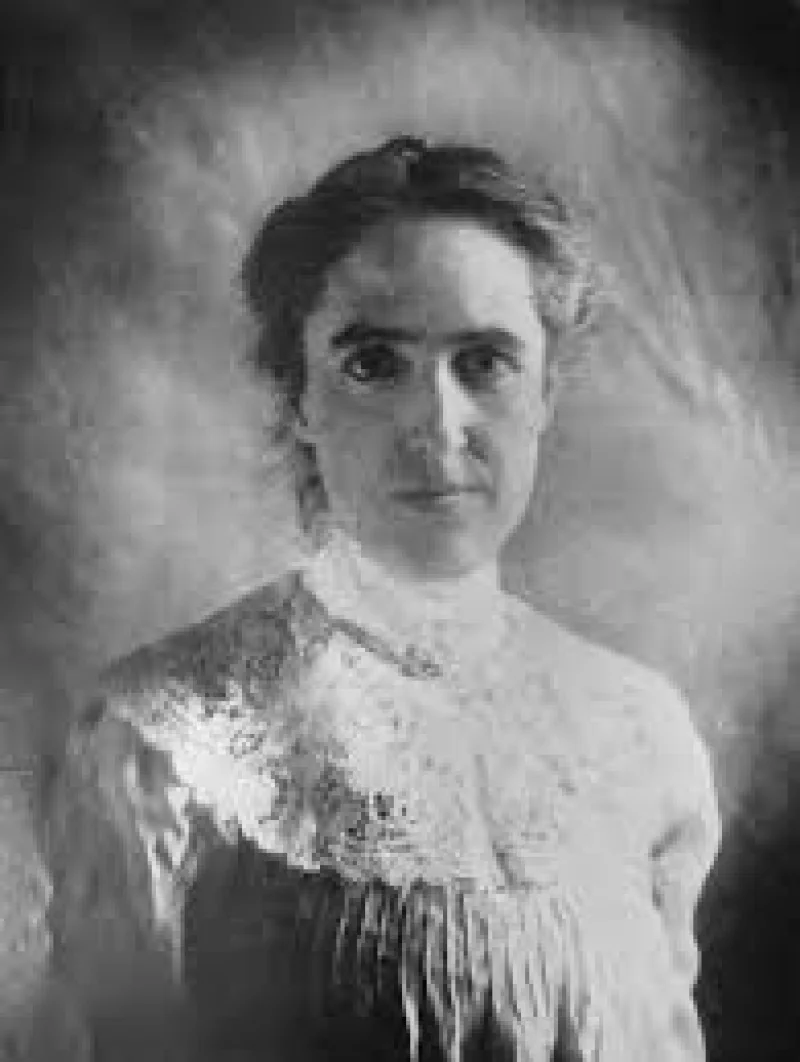Short Summary
Thomas Willis was a pioneering English physician and anatomist known for his influential work in the study of the brain and nervous system. Born in the 17th century, he was a founding member of the Royal Society and contributed significantly to the fields of neurology and anatomy. His most notable achievement was the description of the "Circle of Willis," a critical arterial structure in the brain. Willis is considered one of the founders of clinical neuroscience, and his work laid the groundwork for future advancements in the field.
Early Life & Education
Thomas Willis was born on January 27, 1621, in Great Bedwyn, Wiltshire, England. He grew up in a time of political turmoil, which influenced his early education. Willis attended Christ Church, Oxford, where he initially studied theology before turning to medicine. His education was interrupted by the English Civil War, but he managed to obtain his Bachelor of Medicine in 1646. Influenced by renowned figures such as William Harvey, Willis developed a keen interest in the anatomy and physiology of the human body, particularly the brain.
Career Highlights
Willis's career was marked by several notable achievements, particularly his groundbreaking work in neuroanatomy. After completing his education, he practiced medicine in Oxford and later in London. In 1660, he became a founding member of the Royal Society, an institution dedicated to scientific advancement. His most significant work, "Cerebri Anatome," published in 1664, detailed the anatomy of the brain and nervous system. This work established Willis as a leading figure in neurology and set the stage for modern neuroscience. Additionally, he was appointed Sedleian Professor of Natural Philosophy at Oxford, further cementing his influence in the field.
Major Achievements
- Described the "Circle of Willis," a key arterial structure in the brain that ensures blood flow.
- Authored "Cerebri Anatome," a seminal work in neuroanatomy that advanced the understanding of the nervous system.
- Contributed to the founding of the Royal Society, promoting scientific inquiry and discovery.
Famous Quotes
- "The brain of man is the most exalted and superb organ of the body."
- "Anatomy without physiology is a corpse; physiology without anatomy is a ghost."
Interesting Facts
- Thomas Willis was one of the first to use the term "neurology."
- He was part of the "Oxford Circle," a group of scientists that included Robert Hooke and Christopher Wren.
- Willis's work on the brain was illustrated by Christopher Wren, who later became a famous architect.
Legacy / Influence
Thomas Willis's contributions to neuroanatomy and the understanding of the nervous system have had a lasting impact on medicine and science. His work laid the foundation for the development of modern neurology, influencing countless researchers and physicians. The "Circle of Willis" remains a fundamental concept in understanding cerebral circulation, and his approach to combining anatomy with physiology continues to guide medical research today.
FAQ
Q: Why is Thomas Willis famous?
A: He is famous for his pioneering work in neurology, particularly his description of the Circle of Willis.
Q: What was his most significant publication?
A: "Cerebri Anatome" is considered his most significant work, detailing the anatomy of the brain and nervous system.
Q: What role did he play in the Royal Society?
A: Thomas Willis was a founding member of the Royal Society, contributing to its mission of advancing scientific knowledge.













